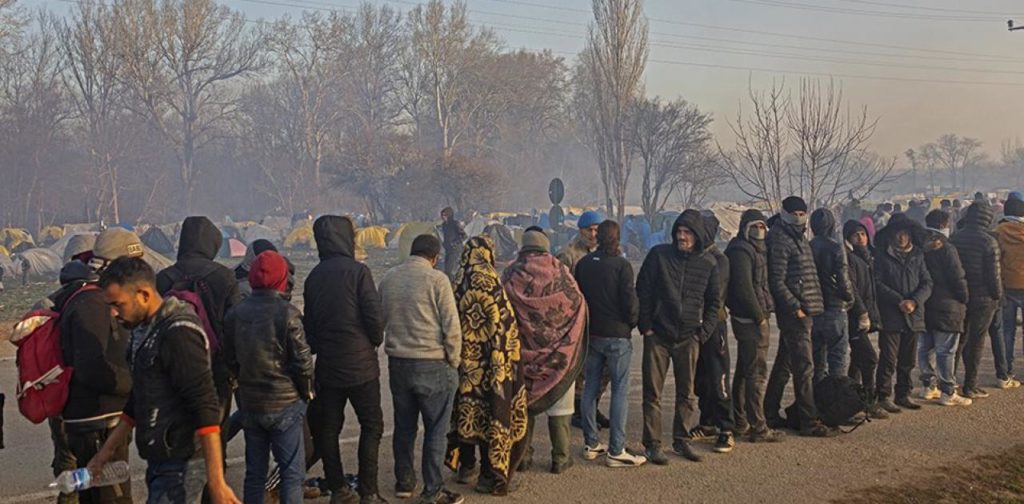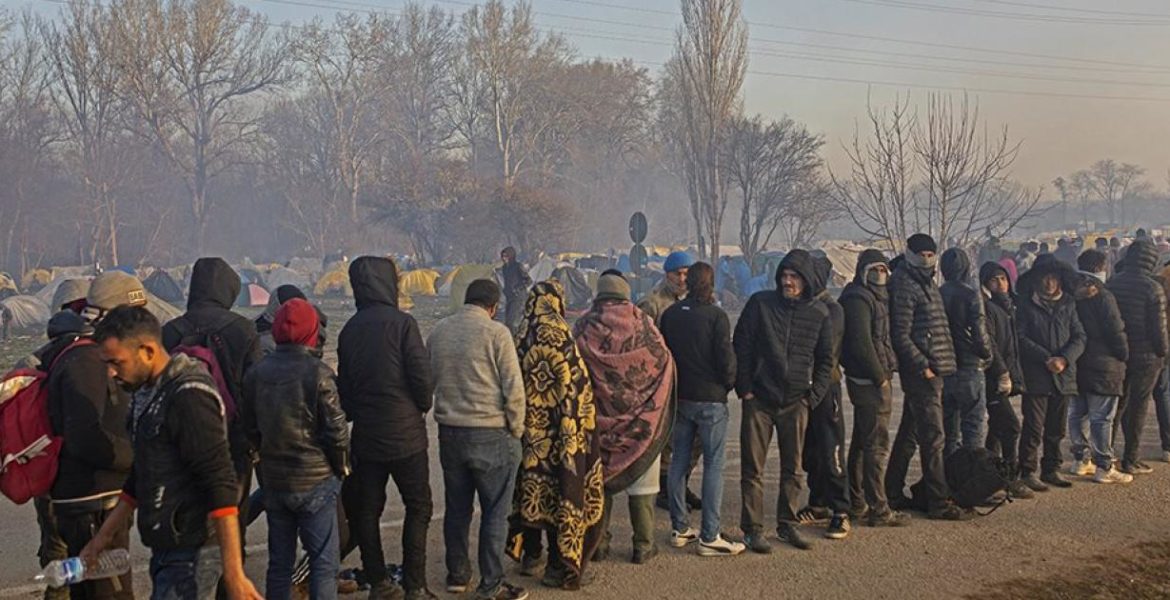
The weaponisation of thousands of refugees and economic migrants by Turkey last week forced the EU to intervene and help Greece protect its borders.
Turkey’s exploitation of the migration crisis and the misery borne from it has been largely condemned by Europe and other countries, while Turkey’s President is expected to meet EU leaders in Berlin to address the issue.
Meanwhile whilst tens of thousands of refugees and economic migrants continue to be stranded on Greece’s lander border with Turkey in the town of Evros, the Office of the United Nations High Commissioner for Refugees has released the latest weekly report concerning the arrivals of migrants and refugees to Greece via the Aegean islands for the period 02 – 08 March 2020.
Arrivals
This week, 865 people arrived on the Aegean islands, a decrease from last week’s 1,288 arrivals but an increase from last year’s 644 arrivals during the same period.
The average daily arrivals on all islands this week equalled 124, compared to 184 in the previous week.
Present Population on the Islands
Some 41,600 refugees and asylum-seekers reside on the Aegean islands. The majority of the population on the Aegean islands are from Afghanistan (49%), Syria (19%) and Somalia (6%).
Women account for 22% of the population, and children for 34% of whom more than 6 out of 10 are younger than 12 years old.
Approximately 14% of the children are unaccompanied or separated, mainly from Afghanistan.
Entry Points by Sea
The Dodecanese islands received the highest number of arrivals (495), followed by Lesvos (141), Chios (136) and Samos with (93) people.
This week, 729 asylum-seekers departed, once authorised by the authorities, from the Aegean islands to the mainland. Of those, 83 were transferred with the support of UNHCR to ESTIA apartments, currently managed by UNHCR.


